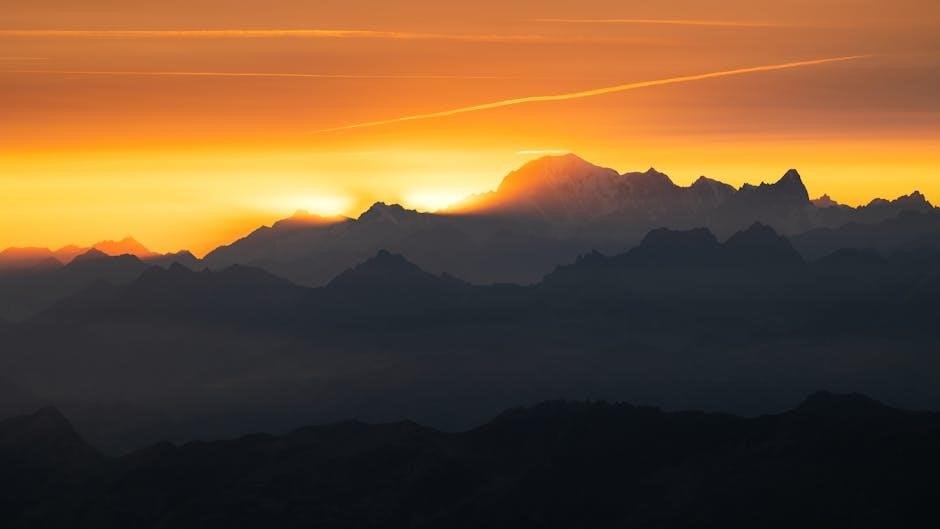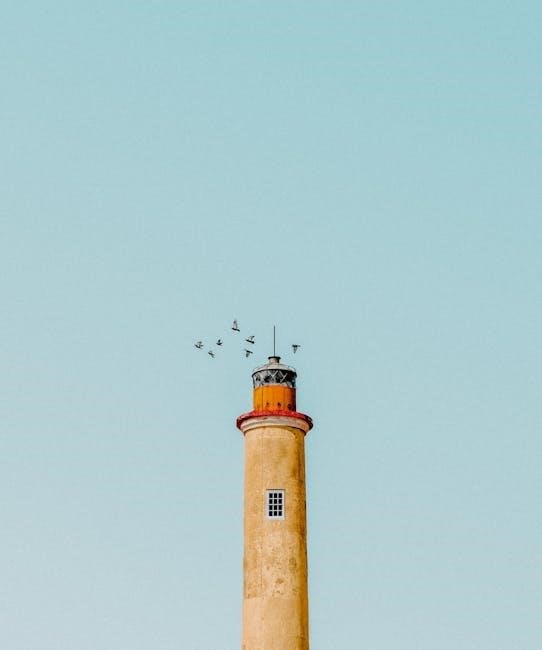Embark on an unforgettable journey around Mont Blanc, hiking 170km through France, Italy, and Switzerland. This iconic trek offers breathtaking alpine landscapes and diverse cultural experiences.
Overview of the Tour du Mont Blanc
The Tour du Mont Blanc is a 170km trek circling the highest peak in the Alps, offering breathtaking views of glaciers, valleys, and alpine villages; This 10- to 11-day journey spans France, Italy, and Switzerland, with over 10,000 meters of elevation gain. Hikers experience diverse landscapes, from lush forests to high-altitude passes. The trail is well-marked and popular, attracting hikers worldwide. With its challenging yet rewarding terrain, the TMB is a must-do for outdoor enthusiasts, providing a mix of adventure, natural beauty, and cultural richness that makes it one of the world’s most iconic long-distance hikes.
Why Choose a Self-Guided Tour?
A self-guided Tour du Mont Blanc offers unparalleled flexibility and freedom, allowing you to hike at your own pace and enjoy the alpine beauty without rigid schedules. With comprehensive packages providing detailed maps, GPS tracks, and pre-booked accommodations, you can focus on the adventure while logistics are handled. This option suits hikers who value independence and prefer to immerse themselves in the stunning landscapes and cultural richness of the Alps without a group. It’s ideal for those seeking a personalized experience, blending adventure with convenience, making it an unforgettable journey around Mont Blanc.
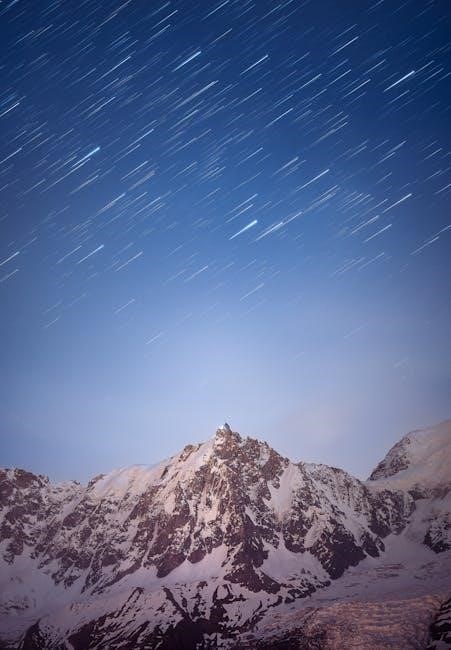
Planning Your Self-Guided Tour du Mont Blanc
Plan meticulously to ensure a seamless experience, considering logistics, trail conditions, and personal preparation. Proper organization is key to enjoying this iconic alpine adventure fully.
Understanding the Itinerary and Trail Length
The Tour du Mont Blanc spans approximately 170 km, typically completed in 11 days with 10 stages. The trail winds through France, Italy, and Switzerland, offering diverse landscapes and cultural experiences. While the classic circuit takes around 11 days, shorter 7-day itineraries focus on the most scenic sections. Hikers can choose between the full circuit or shorter variations, depending on their preferences and fitness levels. The itinerary includes daily hikes of 15-25 km, with options to adapt the route based on weather or physical condition. Understanding the trail length and pacing is crucial for a successful and enjoyable self-guided adventure.
Physical Conditioning and Preparation
The Tour du Mont Blanc requires a good level of physical fitness due to its challenging terrain and elevation changes. Hikers should be prepared for daily distances of 15-25 km, with cumulative elevation gains of up to 1,000-2,000 meters. While the trail is not technically difficult, the consistent demands of long days and steep ascents necessitate strong cardiovascular endurance and muscular strength. It is recommended to engage in pre-trek training, such as regular hiking, cardio exercises, and strength training, to build stamina and resilience. Proper footwear, trekking poles, and layers for varying weather conditions are also essential for a safe and enjoyable journey.
Essential Permits and Insurance
No permits are required for the Tour du Mont Blanc, but proper insurance is highly recommended to cover unforeseen circumstances like cancellations, medical emergencies, or evacuations. Many hikers opt for specialized travel insurance policies designed for trekking, such as the Cancellation and Multirisk options offered by Assur Travel. These policies provide comprehensive coverage tailored to the demands of the TMB, ensuring peace of mind throughout your journey. It’s crucial to review and understand your insurance plan before embarking on your self-guided adventure to avoid unexpected costs or disruptions.
Navigation Tools and Maps
Navigation is crucial for a self-guided Tour du Mont Blanc. Detailed maps, GPS tracks, and downloadable route guides are essential tools to ensure you stay on course. Many tour operators provide comprehensive digital maps and GPS files, highlighting the official TMB trail and alternative routes. Additionally, apps like WeGoTrip offer self-guided audio tours with live GPS tracking, helping you navigate seamlessly. These resources provide real-time guidance, allowing you to explore confidently without a guide. Proper navigation tools are vital for a smooth and enjoyable journey through the diverse landscapes of Mont Blanc.
Cultural and Scenic Highlights
Explore the diverse cultures and breathtaking landscapes of France, Italy, and Switzerland. Discover charming alpine villages, historic landmarks, and stunning mountain trails, with Mont Blanc’s grandeur as your backdrop.
Exploring France, Italy, and Switzerland
The Tour du Mont Blanc takes you through three distinct alpine cultures. In France, enjoy the vibrant towns of Chamonix and Les Houches, surrounded by iconic mountain scenery. Italy offers the charming village of Courmayeur, with its cobblestone streets and delicious Italian cuisine. Switzerland provides breathtaking views of the Rhône Valley and picturesque villages like Champex. Each country offers unique landscapes, from lush valleys to dramatic mountain passes, creating a diverse and enriching hiking experience. The trail seamlessly connects these regions, allowing you to immerse yourself in their cultural and natural beauty. Discover the authentic flavors and traditions of each nation along the way.
Historical and Cultural Landmarks Along the Trail
The Tour du Mont Blanc trail is rich in history and culture, offering hikers a glimpse into the regions’ heritage. In France, explore the historic town of Chamonix, a hub for mountaineering since the 18th century, and visit the Chapelle de Notre-Dame de la Gorge, a charming chapel nestled in the valley. In Italy, Courmayeur boasts 19th-century churches and Roman bridges, while Switzerland’s Champex showcases traditional alpine chalets. These landmarks, along with ancient mountain passes and traditional villages, provide a cultural tapestry that complements the trail’s natural beauty, making the journey as enriching as it is scenic.
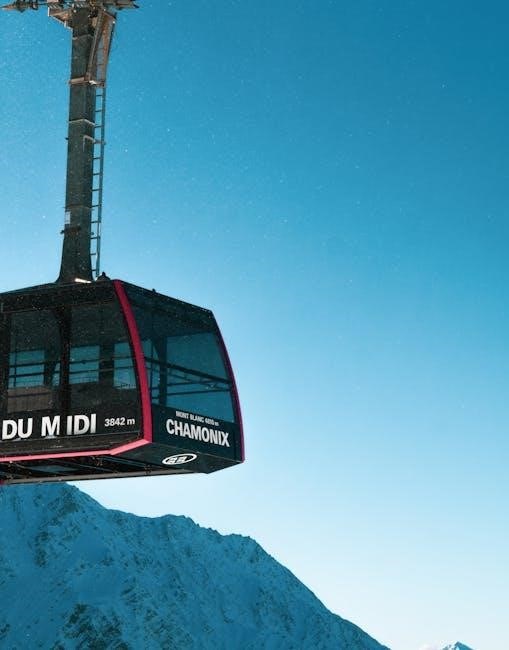
Accommodation Options for the Tour
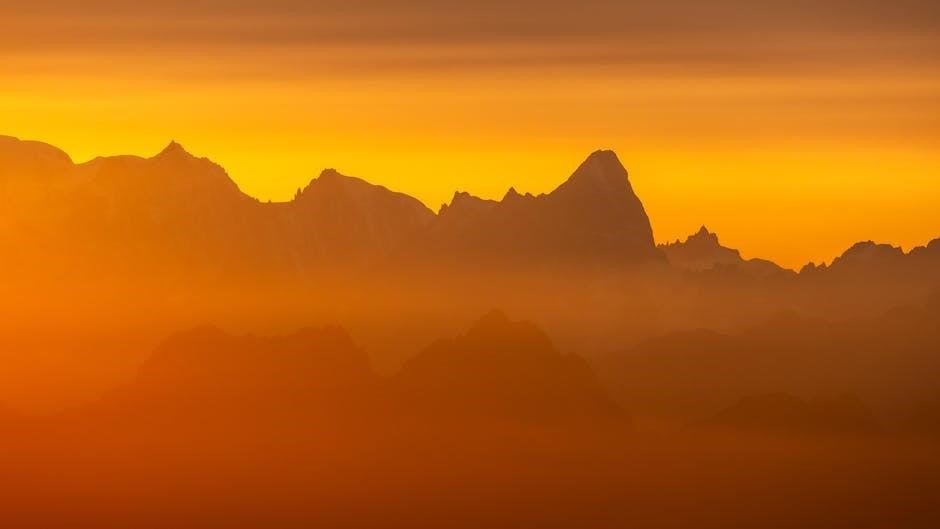
From cozy mountain huts to luxurious boutique hotels, the Tour du Mont Blanc offers diverse lodging options, ensuring a comfortable stay amidst breathtaking alpine scenery.
Mountain Huts vs. Boutique Hotels
Mountain huts offer a rustic, communal experience with basic amenities, ideal for hikers seeking authenticity and camaraderie. In contrast, boutique hotels provide luxury, privacy, and upscale services, catering to those who desire comfort after a day’s trek. Both options ensure a unique stay, whether you prefer simplicity or indulgence amidst the alpine beauty.
Luggage Transfers and Logistics
Luggage transfers simplify your self-guided Tour du Mont Blanc, allowing you to hike unencumbered. Many tour packages include baggage transport between accommodations, ensuring your belongings await you at each stop. This service provides freedom to enjoy the trek without the burden of heavy packs. Logistics are meticulously planned, with routes and transfers coordinated to align with your itinerary. Reliable support teams handle arrangements, offering 24/7 assistance for a seamless experience. This convenience enables you to focus on the stunning alpine landscapes and cultural encounters, making your journey both enjoyable and stress-free.
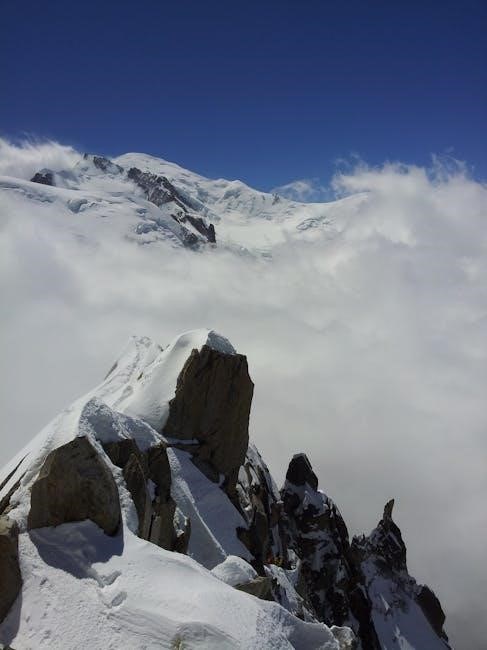
Safety and Emergency Preparedness
Ensure emergency preparedness with insurance and local contacts. Mountain rescue services are available, but carrying a map, GPS, and emergency kit is essential for safe navigation.
Emergency Services and Mountain Rescue
Emergency preparedness is crucial for a safe self-guided Tour du Mont Blanc. Carry a map, GPS, and emergency kit with essentials like a first aid kit, headlamp, and whistle. Ensure you have insurance coverage, such as cancellation or multirisk policies, designed for trekking. Know the emergency contact numbers, like 112 for Europe. Mountain rescue services are available but should only be used in critical situations. Always inform someone of your itinerary and expected return time. Stay vigilant and avoid unnecessary risks to ensure a secure hiking experience in the alpine regions.
Environmental Impact and Responsible Hiking
Prioritizing environmental sustainability is essential when hiking the Tour du Mont Blanc. Practice “Leave No Trace” principles by carrying all waste and using biodegradable toiletries. Stay on designated trails to avoid erosion and protect fragile alpine ecosystems. Refrain from picking wildflowers or disturbing wildlife. Use reusable water bottles and filters to minimize plastic use. Respect local regulations and protected areas. By adopting responsible hiking practices, you help preserve the pristine beauty of the Alps for future generations while enjoying the trail’s natural splendor.
Budgeting for the Tour
The Tour du Mont Blanc requires careful budgeting, with costs for accommodation, meals, and equipment. Expect to spend around $1,500-$2,500 for a 7-10 day self-guided tour.
Cost of Accommodation and Meals
Accommodation costs vary between mountain huts and boutique hotels. Expect to pay €40-€60 per night for huts, which often include meals, while hotels range from €100-€200. Meals in mountain refuges cost €15-€25 for lunch and €30-€40 for dinner. Budget €40-€60 daily for meals. Transportation and luggage transfers add extra costs, but advance booking can reduce expenses. Plan accordingly to enjoy the trek without financial stress.
Transportation and Equipment Expenses
Transportation costs include bus, train, and cable car fees, averaging €10-€20 per ride. Private transfers can range from €100-€300 depending on the route. Equipment expenses vary widely, with hiking boots costing €100-€200, trekking poles €50-€100, and backpacks €80-€150. Other essentials like clothing and navigation tools add up quickly. Budget at least €500-€700 for gear. Additionally, luggage transfers between accommodations cost €20-€30 per day. Plan ahead to balance these expenses with your overall budget for a smooth, enjoyable trek.
The self-guided Tour du Mont Blanc is an unparalleled adventure, offering a unique blend of alpine beauty, cultural diversity, and personal challenge. With proper planning and preparation, hikers can immerse themselves in the stunning landscapes of France, Italy, and Switzerland. The freedom to explore at your own pace, combined with the convenience of pre-arranged logistics, makes this trek accessible yet rewarding. Whether you’re seeking breathtaking views, historical landmarks, or a life-changing outdoor experience, the Tour du Mont Blanc promises unforgettable memories and a deep connection with nature.
